What value can you place on local parks?
This is a question TRU economics Professor Peter Tsigaris, along with his class of graduate students, ventured to find out over the course of a semester.
Tsigaris was inspired by the work of Paul Sutton, a University of Denver professor and author of the book’s forward who assessed the value of New York city’s iconic Central Park through the recreational, regulatory and supporting ecosystem services it provides.
Tsigaris wanted to localize these concepts for his students and community.
“I think it is very important that we start putting value not only on physical assets, but also recognizing the capital present within nature and show its importance to society,” he says. “When you substitute nature for physical capital, there is a cost, seen in losing ecosystem services which should be accounted for in a cost-benefit valuation the project.”
The value of physical capital in Kamloops (such as housing and commercial buildings) is recognized at approximately $24 billion as of 2022. However, Tsigaris and his team believe the value of parks can easily exceed the value of built capital. Parks as assets provide opportunities for tourism, recreation and culture, air quality regulation, and habitat for plants and animals. One example of this can be seen with the Kenna Cartwright Nature Park, the largest urban park in British Columbia, which has an estimated value of $3 billion. The annual flow of ecosystem services was estimated at $45 million and rises by two per cent per year.
Titled A Study of the Value of Kamloops Parks, the book contains 11 chapters in total, with each student assigned to study a Kamloops park. Leila Abubakar, Ayoola Ajani, Saaransh Bhardwaj, Adaku Ibekwe, Arwinddeep Kaur, Sheikh Farzin Rahman, Umma Shemo, Rashad Taghiyev, Jake Truscott and David Waithe are all students who worked with Tsigaris on the book.
Taghiyev, a Masters of Science in Environmental Economics and Management (MScEEM) student from Azerbaijan, chose McDonald Park on the Kamloops North Shore. Through measurements and calculations, Taghiyev estimated it is worth $13.1 million to the city.
Kaur, another MScEEM student, found the Albert McGowan Park represents a substantial $48 million natural capital asset.
Staff in the city’s Parks and Civic Facilities department are excited, says Tsigaris. “They want to see the book and incorporate it into their planning.”
The experiential learning involved with this project stood out for the students. Kaur discovered she could apply theoretical work and the results that followed, while also learning how to make economics more straightforward and free of technical jargon to be understood by the public.
Taghiyev saw his work has a direct line to sustainability and the local economy, while underscoring the importance of ecosystem preservation and high value of green spaces to the economy, especially housing prices.
While experiential education and community benefit were core to this project, Tsigaris says sustainability was the biggest factor behind his work. “Economics should be a guiding force for the sustainability of our planet. Projects like these help make that happen.”
Read the book online here: kamloops-parks.pressbooks.tru.ca.

